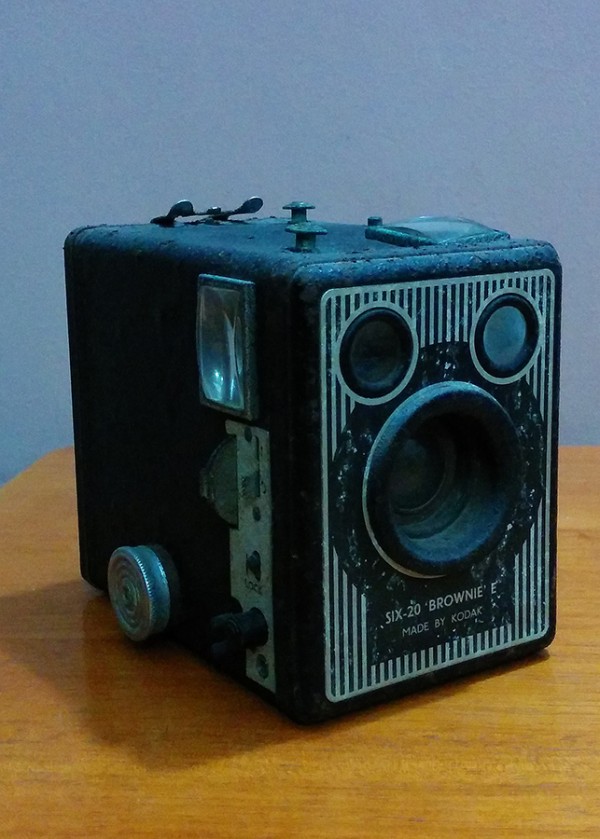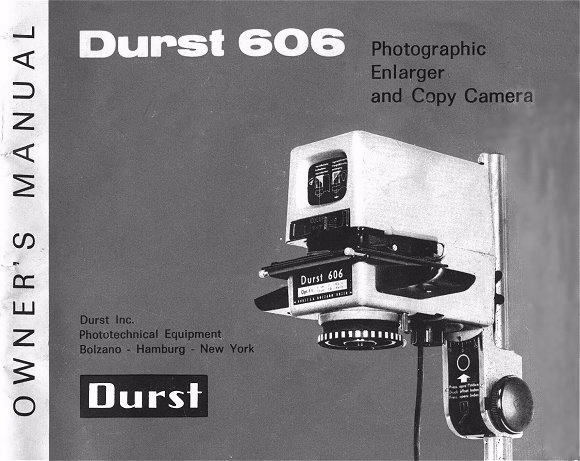A friend of mine here in Chennai shared an article with me the other day, which he had written for the Photographic Society of Madras, a local photographic society founded in 1857. It reminded me not only how far we have come – in this day and age where everyone is taking perfectly lit/focused photographs at the touch of a screen – but also how much we have forgotten. As someone whose initial experience with film cameras was usually something “instamatic,” I am only now discovering for the first time the combination of craftsmanship, chemistry, and improvisation that was necessary in the days of film photography, which were not really so long ago. He agreed to let me republish his article here, and I am happy to post the first of two parts below.
The author, Rags Raghavan, has since moved on to digital photography. You can find samples of his current work on his website, or on his Flickr page. Enjoy!
*****
I have been taking photos since I was ten years old with the family Kodak Brownie 620 camera, which is still with me and a treasured family heirloom. I am sharing some time slices from my early teens when I was discovering photography in a big way, when photography was both physics and chemistry. My main camera then was a Yashica 635 Twin lens reflex that could shoot 120 square 6×6 format as well as 35mm film.
During the 70’s when I must have been sixteen years old, was about the time when I set up my home darkroom. A family friend gave me his sparingly used Gnome Beta enlarger that had a Leitz Wetzlar lens. Four years or so of darkroom excitement and chemistry followed – Kodak D76, Microdol – X fine grain film developers, DA-163 paper developer and photo paper from Kodak, Ilford, Agfa and Indu. Fixer solution that could be used for film as well as prints was called Kodafix, if I remember right.
I was dodging and burning long before Adobe made that process into a tool!
My darkroom was basically a bathroom to start with. Before I began developing, I had to remove the main light bulb over the bath room mirror – the switch for the main light was outside and I did not want anyone from my family turning it on by mistake.
Ilford had their own building down Woods Road off Mount Road in Madras where I sometimes bought chemistry and paper – the building is now occupied by FabIndia. I used to buy cut 35 mm film from Lingans Photo studio in Mylapore – they bought 100 foot rolls from ORWO and repacked into 35mm cassettes . I had a choice of two speeds in B&W -125 ASA or 400 ASA, loosely called ‘slow’ and ‘fast’ film. Packed ORWO film had their speed indicated in DIN numbers – 22 and 27 for slow and fast. ORWO was way cheaper than Kodak, because it was an East German product, long before the Berlin wall fell.
Film developing was boring because you relied on the timer clock which was the boss. Print developing was fun as you could work with a red/orange safe light and see the image gradually emerging when the exposed paper was being agitated in the developer bath. This was the very essence and the name of the game – I took the shot in my camera, and it was a negative that I developed myself and it was a final print that I was processing myself – beginning to end satisfaction at its best! A popular photo album size was called ‘cabinet’ size – roughly 6″x4″ which is today’s maxi.
Print glazing was on glass sheets with a bare bulb to add heat. Buying chemicals and paper left me broke, so there was no money left to buy a glazing machine. Nor could I afford a Print trimmer/cutter, so a large scissor and deft hands did the job well. Cannibalizing was another name for a home darkroom and instead of a brand name photo print easel, I made masks out of cardboard sheets which did the job well if I needed white borders, which I hated in any case. Developed film drying was under a fan with clothes clips with weighted clips at the bottom end. I could not afford those sleek developing trays that Ilford marketed here, instead used enamel trays bought from the surgical shops on Mount Road. They even had name brand thermometers (!) those days, the most popular was by Paterson. Print tongs were made from chopsticks held together by rubber bands. Contact sheets, both for 120 and 35mm, were easily achieved with the negatives sandwiched between a glass sheet and photo paper
As we dream of buying the latest in high end camera gear today, my ambition in those days was to earn and save enough to eventually buy an Italian made Durst M606 enlarger, with a Schneider Componon enlarging lens! I would have been the talk of the darkroom town if I even owned one! Beseler was another well known brand, but that was not as radical and streamlined as the Durst.
I had a Paterson developing tank that could take two reel sizes – 120 and 35 mm. I made several 12×10 prints in those years, many which I simply gave away to friends and family. Today, except for my Nikon F3 SLR – unfair to call it a user collectible yet – which I run a roll of film even now, everything else as you read above is firmly etched in my mind and gone into history. One cracked developing tank morphed into a flower vase though!
Sadly, the photo album concept is long dead. There was once the thrill and pleasure of picking up an album and browsing through photographs – today we share lo-res images by email and social sites. How many people, with their huge investments in expensive high end camera gear, even make prints today? My home has long since turned into a photo gallery and the only display space left for mine and my son’s prints is on the ceiling.
In case you get the impression that I am 140 years old, far from it – I am running sixty and growing younger by the day! And I am glad I learnt the subtleties and nuances of photography by the trial and error method, rather than the Auto everything mode we use today!



